Piecing Together the Winter Tire Puzzle
Rare Rides: A 2008 Ferrari 599 GTB Fiorano, With the Worst Interior Colors Ever
Today’s Rare Ride is a big, front-engine V12 Ferrari in the company’s fine grand tourer tradition. While its exterior color is nothing to write home about, its interior is absolutely a one-off.
Once you get a look at it you’ll see why.
Rare Rides: The Beautiful 1969 AC Frua Cabriolet
Today’s Rare Ride was in production for nine years, but never reached triple-digit figures in its sales.
Let’s check out this hand-crafted British beauty.
Rare Rides: The Very Rare 1972 Intermeccanica Indra Spider
The Intermeccanica marque is a new one to Rare Rides, and even in scouring the obscure vehicles of the internet one does not come across the name often.
Intermeccanica has dabbled in a number of different automotive enterprises since its inception, and the Indra seen here is one of its more successful projects.
Adventures in Marketing: BMW Says "OK Boomer" to Its Own Flagship Vehicles
BMW published a four-minute and change ad a couple weeks ago for the start of the virtual CES 2021 show. Though this would not normally be a subject worth covering, this particular ad seems to indicate BMW believes their own E65 7-Series is for ridiculous out of touch Boomers.
Marketing departments always know what they’re doing, right?
Rare Rides: The 1992 Lotus Excel, End of an Era
Today’s Lotus Excel hails from the end of a period of transition at the famed British brand. Built for 11 years, by the end of Excel’s run the company had chosen a new direction for its cars.
Most would say the change was for the better.
Opinion: It's a Bleak Future for Mitsubishi Cars in North America
Mitsubishi has an important product debut coming up: the all-new 2022 Outlander three-row crossover. In what will be the fourth-generation Outlander since 2001, the 2022 model ditches Mitsubishi’s ancient GS platform the Outlander has used since 2007 and sees a migration over to the same platform as the Nissan Rogue.
I think this is the beginning of the end for Mitsubishi in North America.
Buy/Drive/Burn: Affordable American Subcompact Crossovers in 2021
They’re small and space efficient because they’re hatchbacks, and they sell well because they’re called crossovers. Which small American CUV is worth buying with real money if you’ve got a $25,000 budget?
Rare Rides: The 1994 Isuzu Trooper That's Bighorn and Irmscher
Rare Rides featured Isuzu vehicles on four previous occasions, and all of them were from the Seventies or Eighties.
Today we switch it up a bit and present an Isuzu from the Nineties. Ready for Irmscher?
Rare Rides: The Incredibly Rare 1981 Monteverdi Safari, an International Delight
We’re back again with more Monteverdi today, and I’m determined the Rare Rides series will cover all of Monteverdi’s vehicular offerings. European design, American power, and Swiss attention to detail combined with very high prices to make all the company’s models Rare Rides.
We’ve covered two earlier Monteverdi offerings previously, in the 1970 High Speed 375/4 sedan, and the 1971 High Speed 375/L grand touring coupe. Today we head into luxury SUV territory with the Safari.
Rare Rides: The Intensely Sporty 1992 Dodge Daytona IROC R/T
Rare Rides has featured a few sports coupes of the Dodge variety previously, but those Eighties cars were not as modern, refined, and sophisticated as today’s seldom seen two-door.
Presenting the Dodge Daytona IROC R/T, from 1992.
Rare Rides: A 1990 Subaru Legacy Wagon, Sold Back to Subaru
Today’s Rare Ride is an example of utmost care and maintenance. It’s a 31-year-old wagon which was driven and kept in showroom condition over more than 200,000 miles.
This particular wagon was unique enough that Subaru purchased it for their collection.
Rare Rides: The 1967 Hino Contessa 1300S, Rear-engine Blip on the Radar
Hino is a well-known producer of commercial vehicles today and has been in the commercial truck market since World War II. But for a short while in the Sixties, they built their own rear-engine passenger car.
Say hello to Contessa.
Rare Rides: It's a 1977 Reliant Scimitar GTE, You Know
Today’s Rare Ride is a sporty shooting brake from the days when there were still many British manufacturers building cars like it across England.
Let’s travel back to the Seventies when everything was brown, excepting this particular Reliant.
Rare Rides: The Spectacular Original Ford Taurus From 1987
Rare Rides has covered earlier variants of the Taurus twice in prior entries, with a sparkling SHO from 1990 and the one-off Sable cabriolet from 1989.
Today we go further back in history, and look at an excellently preserved 1987 Taurus LX.
Rare Rides: The 1976 Maserati Kyalami, Obscure Italian Luxury
Today’s Rare Ride is a very luxurious Maserati which flew in under the radar and was offered by the Italian firm for a short while. A four-seat coupe, it was named after a race track in Africa.
Let’s find out more about Kyalami.
Rare Rides: A 2003 Volkswagen Passat W8 4MOTION Wagon, for Low-cost Motoring
The Rare Rides series featured a Passat wagon once before, in the long ago time of 2018. It was a 1992 G60 with all-wheel drive, a manual transmission, and supercharged engine. Staying true to quirky form, today’s newer and more luxury-oriented Passat pairs its all-wheel drive grip with an eight-cylinder engine.
Rare Rides: The 1992 Daihatsu Leeza Spider, It's Tearing Me Apart
Oh hi, Mark. Today’s Rare Ride is a very rare version of Daihatsu’s Leeza Kei car. It’s tiny, turbocharged, and one of only 200 made.
No more The Room jokes, I promise.
The Oddly Simple Joy of the Pandemic Drive
Like a lot of people, I’ve been driving less on average since the pandemic began. This presents a problem when part of your job requires testing cars.
Rare Rides: A 2019 Alfa Romeo Disco Volante Spyder, One of Seven
Today’s Rare Ride very likely a vehicle you’ll never see in real life. Extremely expensive and limited in production, just seven were ever made.
It’s pretty spectacular.
Rare Rides: The Lincoln Continental From 2002, Nicest-ever Taurus
Today we take a look at the early 2000s Lincoln Continental. A generation of Continental that didn’t know what it wanted to be, we can take comfort in the knowledge it was at least a nice Taurus.
Rare Rides: A 1994 Fiat Coupe, as Legal Immigrant
This isn’t the first time we’ve seen an imported two-door Fiat on these pages which required some paperwork to get into the country. But it is the first time it’s all been done above board.
Let’s check out this 25-year-old Italian.
Rare Rides: The 1986 Lands Precedent Sportswagon, Ultimate Obscure Luxury Van Time
A gray, two-tone shape crossed the screen of my phone. What followed was one of those moments where one has no idea how to identify the thing upon which they are gazing. The Facebook ad was titled “1986 Other Other,” but what was it?
Presenting the Lands Precedent Sportswagon, from 1986.
Adventures in Advertising: That Ford Mach-E Ad With Clark Griswold Lacks Laughs
While on the subject of holiday ads, I have another beef with a different automaker than yesterday.
Today’s target: Ford.
Rare Rides: The 2002 Cadillac Eldorado Collector Series
They say all good things must come to an end, and so it was in 2002 with the Cadillac Eldorado. Today’s Rare Ride was the last in a long line of flagship coupes from Cadillac, and one which saw the name exit with a whimper instead of a bang.
Adventures in Advertising: What is the Creature in That Mercedes Ad?
You’ve probably seen a certain Mercedes-Benz ad this year. Or maybe in years past – I think the ad in question ran last year, as well, and maybe even before then.
It’s a holiday ad featuring one of the brand’s luxury SUVs and advertising a winter sales event for Mercedes.
Rare Rides: The Xedos 6, a Small Luxury Mazda From 1996
While researching information for the recently featured Mazda Lantis, your author came across some other Nineties forbidden fruit from the good people at Mazda. Particularly interesting was the Xedos 6, which, like the similar-looking Millennia, was also a part of Mazda’s early Nineties luxury push.
TTAC's Best and Worst Vehicles of 2020
The end of a brutal year is upon us, and I thought we could celebrate the end of this dumpster fire that is/was 2020 by having arguments about cars.
Rare Rides: The 1962 Singer Vogue, the Smaller Side of British Luxury
Today’s Rare Ride is the first time a Singer vehicle has appeared on these pages. Compact and well-trimmed, the Vogue was a bit more than the standard Sixties British family car.
One-year Ownership Update: 2019 Volkswagen Golf SportWagen
Well friends, it’s been an entire year since I purchased a CPO Golf SportWagen, and it’s time for an ownership update.
Do you expect I’ve had any more issues since we last spoke?
The Auto Enthusiast's Realistic Christmas Wish List for the North American Auto Industry in 2020
French hot hatches. Affordable full-size wagons. Manual-shift rear-wheel-drive sports sedans under $30,000. Production versions of the Chevrolet Code 130R, Dodge Hornet, and Ford Start. The reincarnation of Isuzu’s VehiCROSS and Trooper. Standard-of-the-world Cadillac sedans and ordinary BMWs that drive as well as modern Cadillacs. A hiatus on coupe funerals.
My unrealistic auto writer’s Christmas wish list could go on forever. Much of it is based on nostalgia. Some of it simply isn’t cognizant of current market trends. A healthy portion of it simply denies the lack of performance-oriented interest among 2020’s car buyers. The remainder shows a lack of gratitude for the spectacular automotive era in which we live.
But what about realistic hopes of what could be gifted to the auto enthusiast community in the new decade?
This is my realistic Christmas wish list for 2020, not for me personally but rather for the North American auto industry as a whole.
Rare Rides: The Incredibly Rare 1981 BMW 735i Touring
Today’s Rare Ride is one of just a handful of custom-built 7 Series wagons, created by a coachbuilder who wanted flagship BMW luxury with additional cargo carrying capabilities.
Come along as we check out this large BMW wagon.
Ford Mustang Mach-E: Right Car, Wrong Name
I mentioned it before, when ripping that Ford ad that got me riled during an NFL Sunday, but I still strongly believe the Ford Mustang Mach-E shouldn’t have “Mustang” in its name.
(Yeah, it’s Mach-E week around these parts. If you couldn’t tell. More to come on the Mach-E later today or next week.)
Rare Rides: A 1996 Infiniti J30, Luxury Sedan With a Heart of 300ZX (Part II)
In Part I of this two-parter we were introduced to the J30, Infiniti’s luxurious new sports sedan for the Nineties. Having learned from their Q45 mistakes, the brand was determined their new mid-sizer would be appealable to the American Market.
So what went wrong? Let’s find out.
Rare Rides: A 1996 Infiniti J30, Luxury Sedan With a Heart of 300ZX (Part I)
The other day while we were reviewing the daringly spectacular first generation Q45, commenter SSJeep requested coverage of Infiniti’s other rear-drive sedan from the period, the J30. I thought Rare Rides already covered Infiniti’s mid-size offering, but it turned out I was remembering an installment of Buy/Drive/Burn.
That means it’s time for J30.
Auto Alliance Pitches Preferred U.S. Strategy: Government Money
The Alliance for Automotive Innovation (AAI) is proposing a national strategy for the United States it claims will help keep the country competitive. However, the AAI represents automakers, parts suppliers, and technology firms around the globe — making this more of a plea to U.S. policymakers and the industry to remain laser-focused on electrification, connectivity, and vehicular automation. It’s pitching its preferred global strategy, not some custom strategy for helping the U.S. achieve dominance because it’s telling the European Union and Asia the exact same story.
Elsewhere, the eight-part plan is being touted as an invaluable tool to help guide America back toward automotive relevance. But here, we remain skeptical.
Rare Rides: The Absolutely Epic 2002 Renault Avantime, a Big Sales Flop
Today’s Rare Ride is one of those that’s always been on the to-do list, but never floated to top of mind. That changed the other day, when this very tidy example was posted on Twitter.
Let’s talk about Privilege.
Rare Rides: The 1999 Maserati Quattroporte, and It's Pink
We’ve featured a Quattroporte at Rare Rides on two prior occasions: a beautiful first-generation model, and one in its more modern form which was reworked into a slinky wagon.
Today’s Nineties model is … neither of those things.
Report: Hyundai Embracing Subscription-based Features, Buying Boston Dynamics
Following reports that Hyundai Motor Company managed to purchase American engineering and robotics firm Boston Dynamics from Japanese financial conglomerate SoftBank for a cool $921 million, we’ve learned that the South Korean automaker has also fallen into embracing on-demand features. The trend, which is sweeping through the automotive industry to our dismay, basically involves manufacturers hiding vehicle options behind a subscription paywall instead of just letting you purchase the options you wanted upfront.
That means tomorrow’s car shopper might find themselves buying a vehicle that’s already fully loaded from the factory only find themselves forced to unlock heated seats or an upgraded sound system via monthly payments. In our estimation, the whole concept is ludicrously wasteful, diminishes the private resale values of automobiles, and seems like the kind of corporate nonsense reserved for dystopian fiction novels.
Rare Rides: Be a Pioneer in a Jeep Cherokee From 1985
Today’s Rare Ride is an early example of the Cherokee, built while AMC was still alive and well-ish. And it just so happens to be the same color and trim as the Comanche pickup featured here recently.
And it’s just about factory fresh.
Rare Rides: The 1995 Mitsubishi Pajero, Montero's Forbidden Sibling
Rare Rides has touched on the first generation Pajero (Montero to North Americans) once before via the Raider, a captive import Dodge dealers could shift while the company had zero small SUV action of its own. Today’s Pajero is a second-generation version – the three-door never sold on our shores. Surprisingly, it even maintains the same color scheme as the Raider.
Rare Rides: The Original Infiniti, a Q45 From 1991 (Part II)
In Part I of this two-parter, we discussed the birth of the Infiniti brand, and Nissan’s decision to reinvent the large luxury car with the Q45. Today we talk technology, advertising, and aftermath.
Rare Rides: The Original Infiniti, a Q45 From 1991 (Part I)
We’ve covered the second album of Infiniti’s ill-fated Q45 flagship previously, in a stunningly clean example from 1998. However, the first generation is much harder to find; they just didn’t have the longevity or caring ownership profile of the Lexus LS 400. But someone in Japan maintained this one, and it’s been imported to the US just for you.
It’s time for blue-green, grille-free luxury.
Rare Rides: The 1988 Cadillac Coupe DeVille, Aftermarket Elegance
Today’s Cadillac is an example of what happens when you combine consumer tastes in places like Miami in the late Eighties with the refusal of some domestic manufacturers to make luxury convertibles.
Presenting a Cadillac coupe that’s custom, cabriolet, and cool DeVille.
Rare Rides: The 1995 Mazda Lantis V6 Type R, Don't Call It 323
Today’s Rare Ride comes to us courtesy of commenter Bumpy ii, who linked this imported JDM Mazda on the Thunderbird Rare Ride posted a few weeks ago.
Let’s check out a compact five-door liftback with a very small V6.
Opinion: Infiniti is Headed Nowhere Fast, and Needs an Entirely Different Approach
After teasing, promises, and COVID-related delays, the Infiniti QX55 debuted a few weeks ago, as Infiniti eagerly drew direct comparisons between their new “classy” successor and the departed FX35/45. You might remember that shapely SUV headed to its demise in 2017 after it was left to rot for a few years, then renamed QX70. Infiniti chose to ignore its final QX70 name in the press materials and call it FX instead, which says something about their branding strategy, doesn’t it?
Today I’m here to tell you this “new car” is a perfect example of exactly what’s wrong at Infiniti, and the changes needed years ago, not sometime in the future.
Rare Rides: The 1986 Nissan Pulsar NX Coupe, Economy From Long Ago
There were precisely two generations of the Nissan Pulsar sold on North American shores, and we’ve covered the latter previously in an absolutely excellent NX Sportbak from 1988. Today’s Rare Ride is a final-year 1986 example of the first generation Pulsar, which wasn’t quite as versatile as its replacement in 1987.
This one’s as clean as they come.
Rare Rides: A 1968 Glas 1304, One Last Glas Before BMW
This isn’t the first time Rare Rides has featured a car from long-deceased automaker Glas. That honor goes to this luxurious 2600 V8 coupe from 1967. But while the 2600 was the most expensive car Glas made, today’s 1304 is one of the least expensive.
Let’s check out a compact wagon built just as Glas was being consumed by BMW.
Rare Rides: The 1980 Buick Electra, Luxury on Park Avenue
As we’ve arrived at another edition of Thanksgiving in this, the Most Awesome Current Year, let’s celebrate with a very American Rare Ride. Today’s big boat was the pinnacle of the Buick brand in 1980. Full of acres of ruched velour and wood-look trim, the Park Avenue took Electra to new heights before the fancy name ever became an independent model.
Come along and enjoy American Luxury, even if it’s not an Oldsmobile.
We've Heard This Incorrect Forecast Before: Honda Believes in 2022 Civic Because "Passenger Cars Are Going to Stabilize"
As Toyota approached the launch of the all-new, 2018 Toyota Camry in mid-2017, the automaker telegraphed its intentions very plainly.
“I think you’re going to see the entire sedan market pick up,” then vice-president Jack Hollis said. “We want the new Camry to rehabilitate the segment,” Toyota’s Moritaka Yoshida said at the time.
Toyota wasn’t alone.
“I don’t expect to sell fewer Accords in 2018 with this great new product,” Honda’s sales vice-president, Ray Mikiciuk, said later on in 2017. Accord sales fell 10 percent in 2018 before sliding 8 percent in 2019.
One year later, Nissan’s Dennis Le Vot worked up to the launch of the 2019 Altima by suggesting that when it comes to passenger car market share: “We think 30 percent is the bottom.” Passenger car market share fell below 30 percent in 2019, the new Altima’s first full year.
Now we’re months away from the arrival of the 11th-generation Honda Civic. You know the drill: major automaker launches major car nameplate, major automaker suggests car market will stop the free-fall, major automaker hypes possibility of car market healing.
We’re skeptical.
Rare Rides: A Very Limited Edition 2002 Range Rover G4 Challenge (Part II)
In Part I of this very orange Rare Ride, we covered the love child of Rover, BMW, and (eventually) Ford which was the L322 Range Rover. Today we’ll talk about just what makes this one so special, aside from the glaringly orange paint.
Rare Rides: A Very Limited Edition 2002 Range Rover G4 Challenge (Part I)
Today’s subject is the first time a Range Rover appears in the series. We’ve come as close as a Discovery badged as the Honda Cro$$road previously, but today’s truck is much more special.
It’s a 1 of 20 G4 Challenge.
Rare Rides: A 2000 Mercedes-Benz S 600 Designo, Bespoke in Blue
In 2000, shortly before the ill-fated revival of the Maybach brand into a gauche purveyor of S-Class Baroque Editions, the 12-cylinder S 600 resided at the top of the Mercedes-Benz model hierarchy. This example in particular was ordered with a unique feature at the behest of a very well-heeled original owner.
Rare Rides: A 1990 Jeep Comanche Pioneer, the Best Jeep Truck Ever
Today’s Rare Ride comes from a time when Jeep still offered a two-door pickup to the American small truck consumer.
Super clean, pretty retro, and with great tape stripes, it’s the Jeep Comanche Pioneer. A fitting example of the first-ever Jeep featured in this series!
Rare Rides: A 2019 Aston Martin Vanquish Zagato Shooting Brake, Questionable Bespoke Luxury
Today’s Rare Ride started out in life as an already very expensive Aston Martin Vanquish. Then it was reworked in a significant way by that Italian house of all things coupe, Zagato. Surprisingly, the Italians resisted painting it Rosso Corso Collezione or whatever, as its owner demanded a nice BRG-adjacent matte color.
Let’s check out this sports wagon shaped Aston Martin.
Rare Rides: The 1979 Ford Thunderbird, Last of Largesse
The Ford Thunderbird is popular here at Rare Rides, apparently. Thus far, we’ve covered one from 1982 which was hacked into a convertible, and one from 1988 which was turbocharged and very good. Today’s Bird hails from 1979, which was the very last year the model was large(ish) and in charge.
Rare Rides: The 1984 Renault Rodeo, a Plastic Truck for Fun Times
Today’s Rare Ride was a unique offering in Europe in its day, though not an original idea. Simple as pie, it’s plastic, low-powered, and meant for adventure!
It’s a Renault Rodeo, and someone’s taken the trouble of importing this one to California.
Rare Rides: The 1990 Ford Mustang 7UP Edition, Get You a Cold Pop
Today’s Rare Ride hails from the last bit of the Fox-body Mustang era. And while there were only supposed to be a handful of these 7UPs ever made, the special edition ended up with a production figure in the low five digits.
Only one car is lemon, lime, Mustang, and forgotten. Let’s go.
Rare Rides: The 1998 Chevrolet Corvette Indianapolis 500 Pace Car Replica, Purple and Banana
We’ve featured a Corvette before in this series, as well as two different Indianapolis 500 pace cars, but we’ve never had a single car that combined Corvette and Indy pace car flavors together.
Turns out when that special combination occurred in 1998, it was purp drank and banana colored.
Mazdaspeed Isn't Coming Back, Which Might Be Okay
We’ve spent the last few years wondering how Mazda’s upmarket push would impact its focus on performance. But keeping tabs gradually devolved into holding out hope that the brand wouldn’t totally snub fun-to-drive products to broaden its appeal. While there’s a wealth of Japanese brands ready to sell you comfortable and well-appointed automobiles, there aren’t many devoting a sizable amount of resources into maintaining engaging driving dynamics for the whole of their lineup. Mazda used to be the exception but now seems interested in banking on its above-average styling and novel luxury aura to drive sales.
It’s not a bad strategy but appears to have come at the expense of performance. Despite Mazda products rarely being famous for the output of their powertrains (unless we’re talking in the context of size), the brand is not making up the difference in handling anymore. It also hasn’t built any new Mazdaspeed performance products in years and doesn’t seem interested in trying.

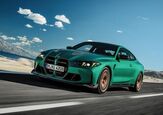



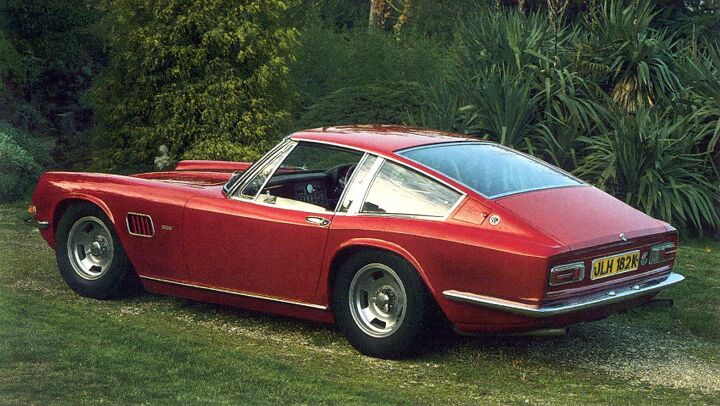
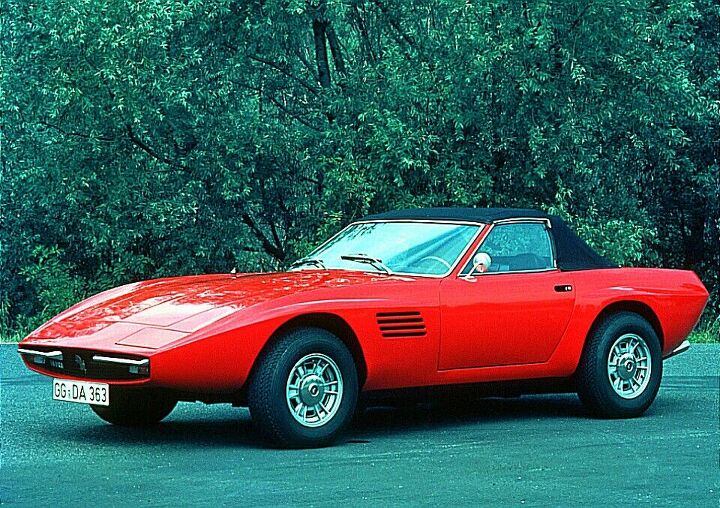





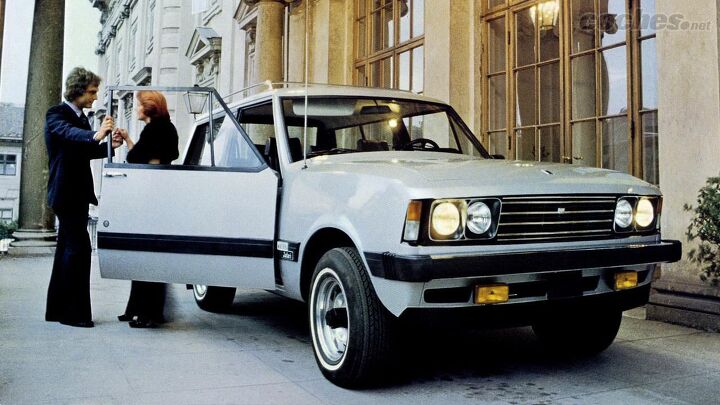
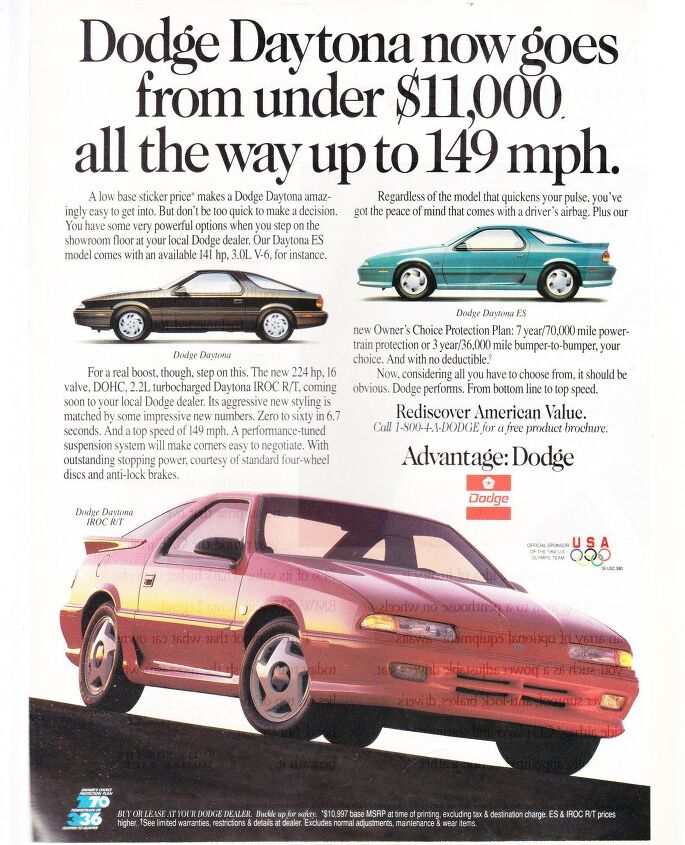
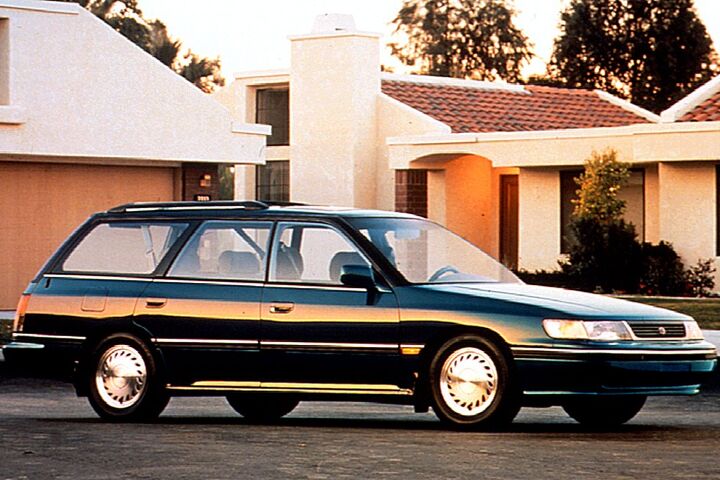
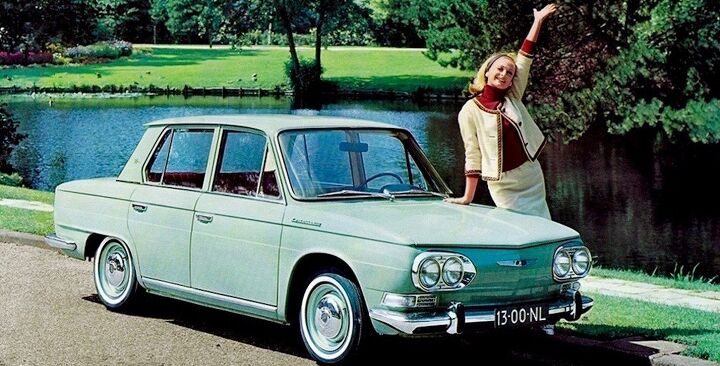

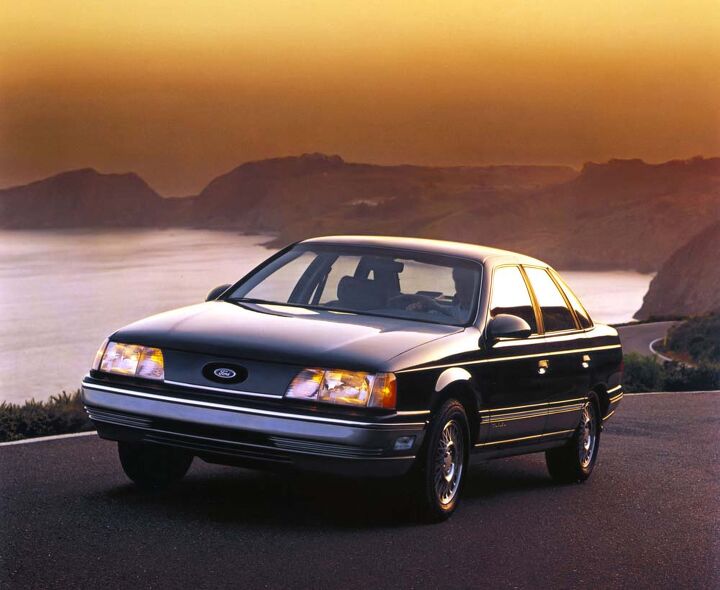
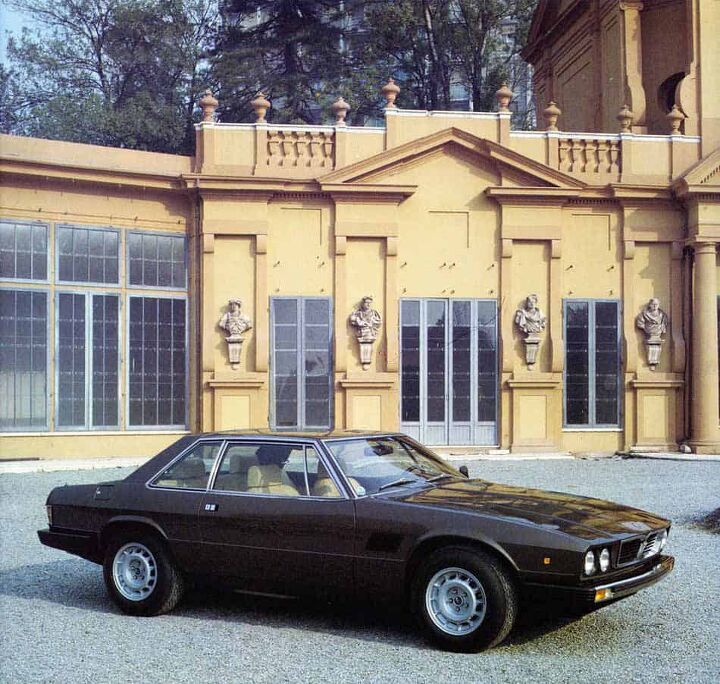



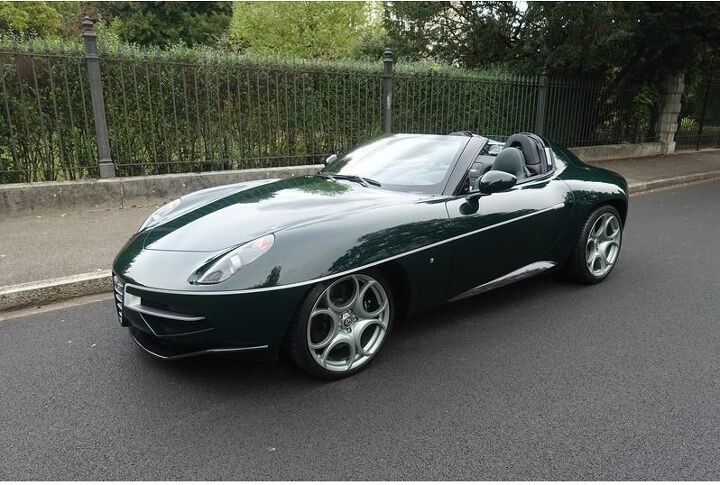

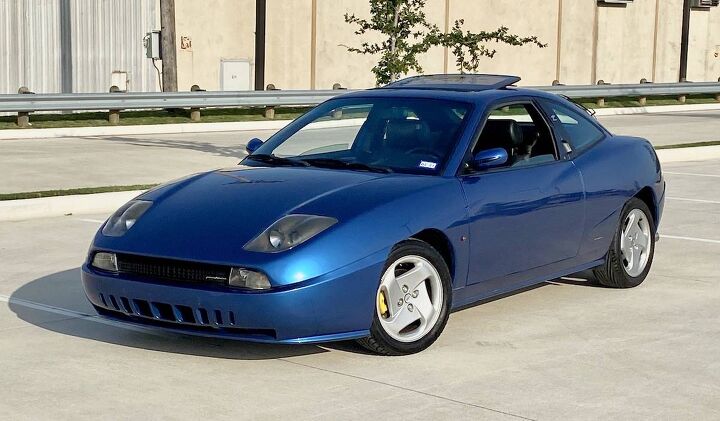
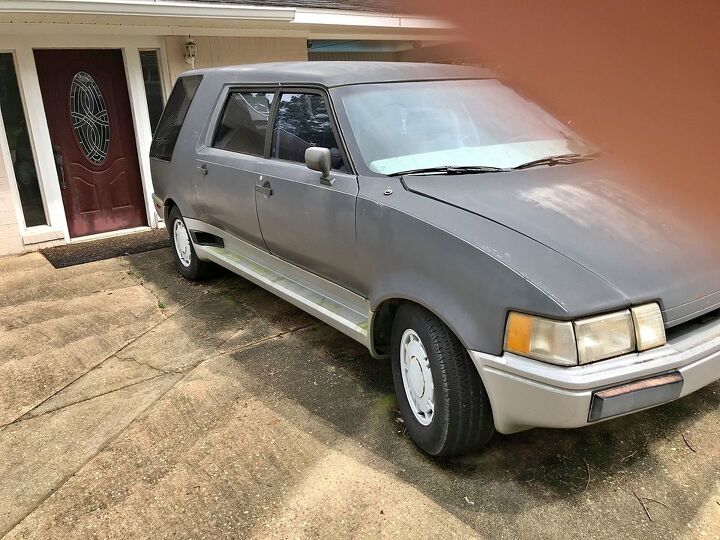

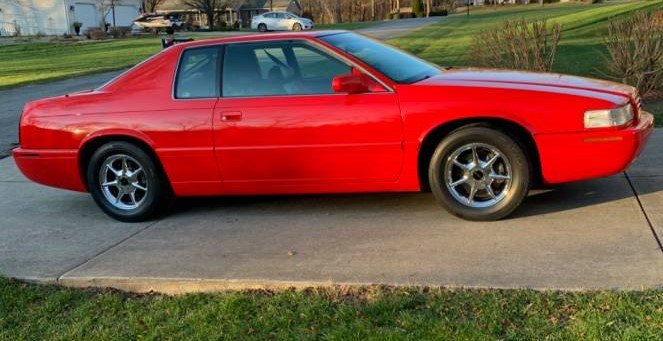



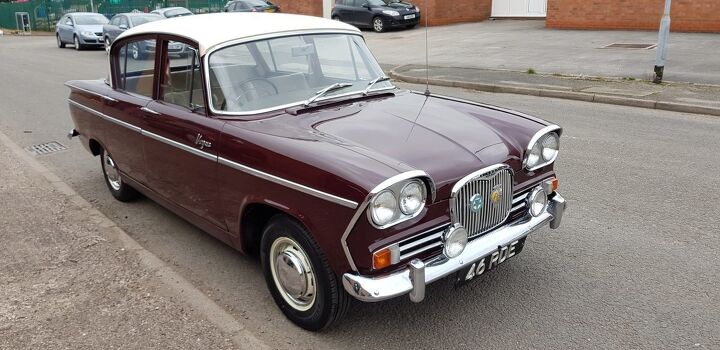
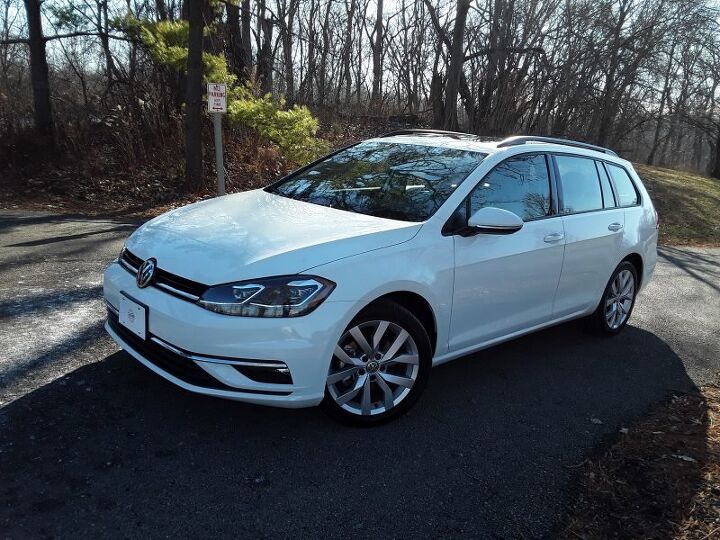
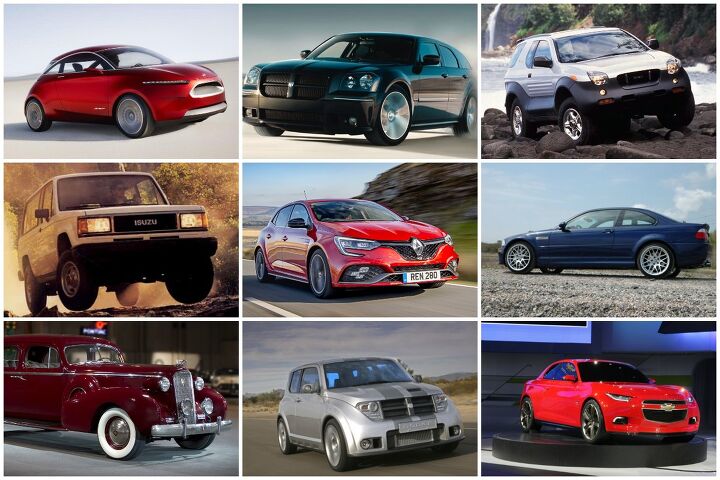
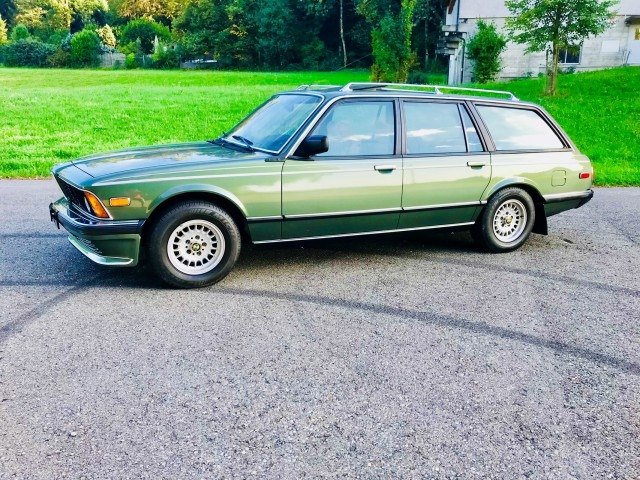


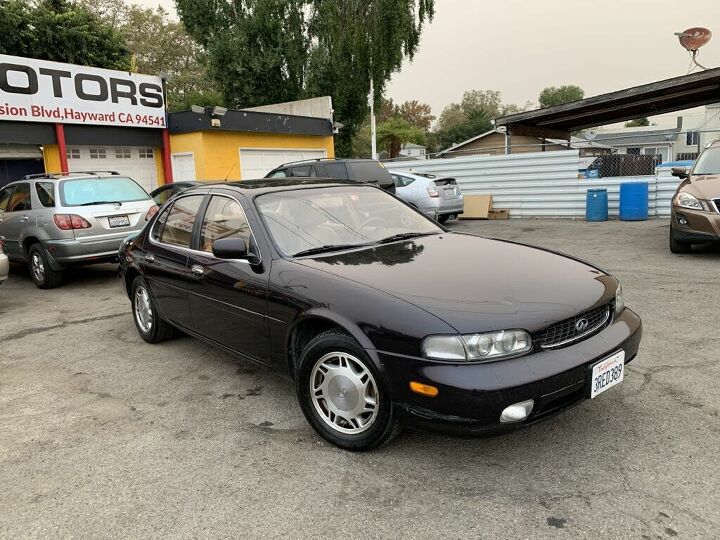


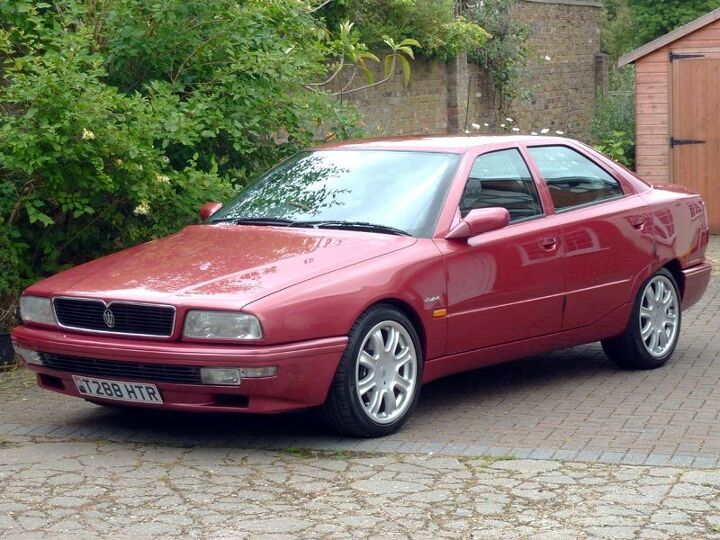
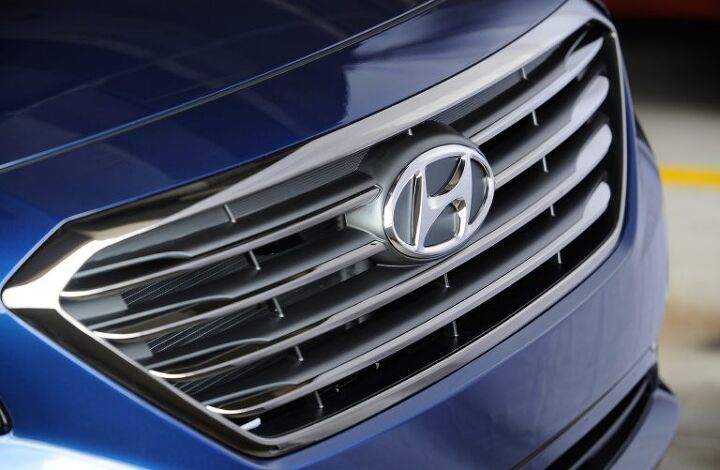

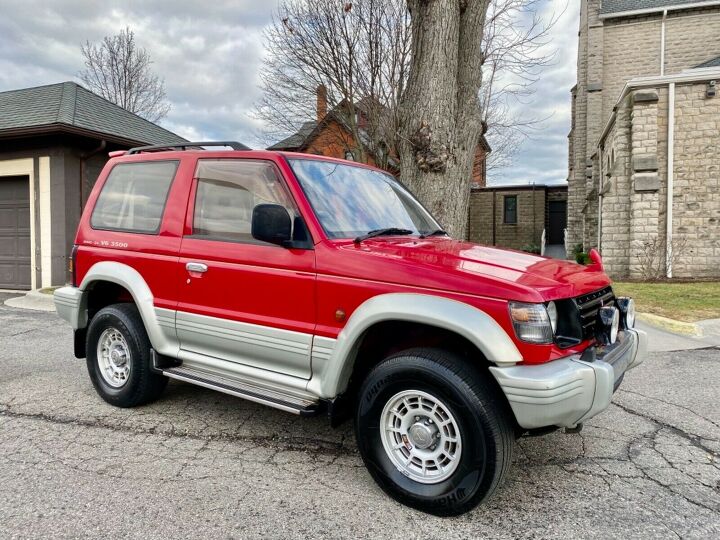
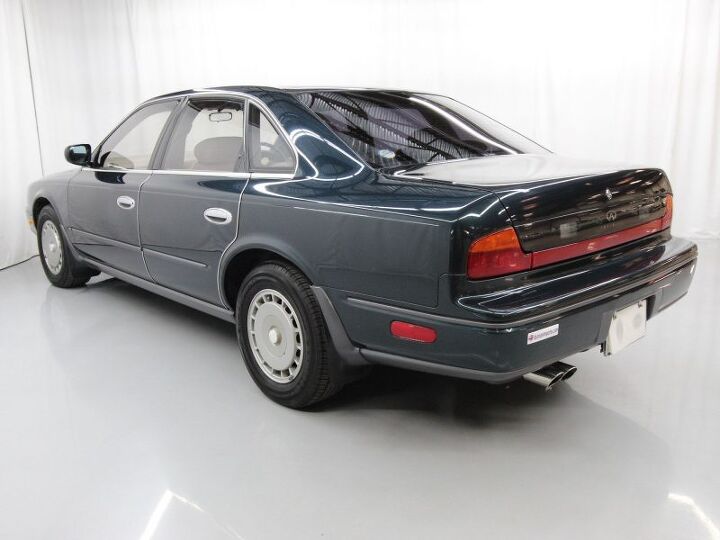

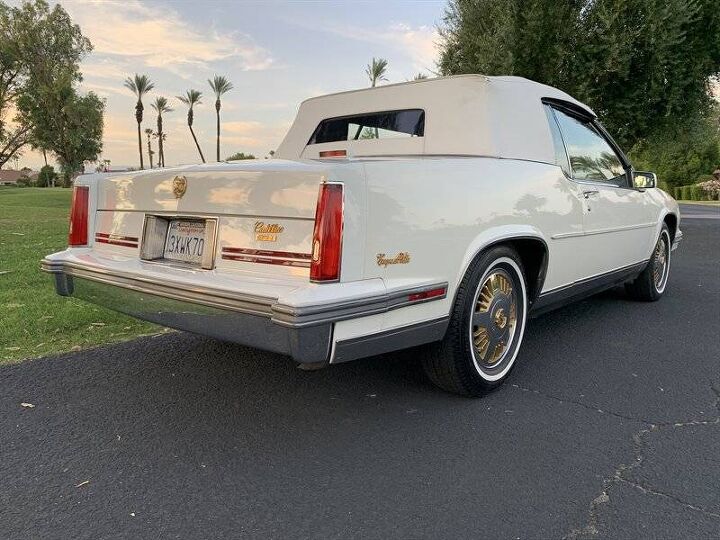
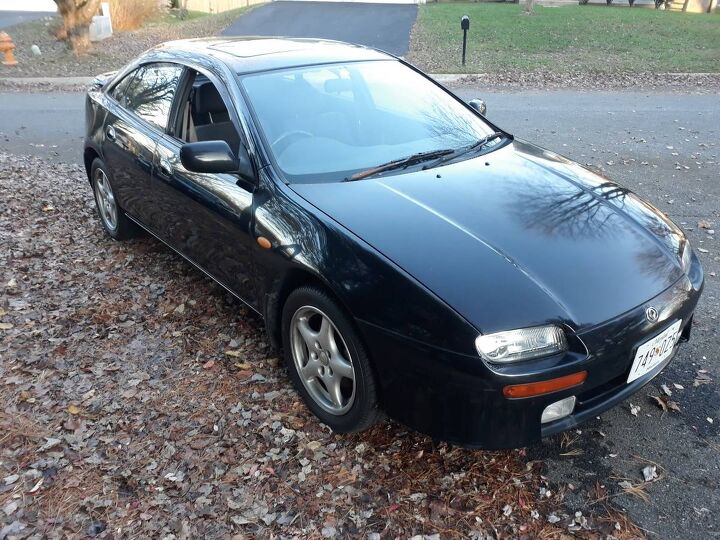


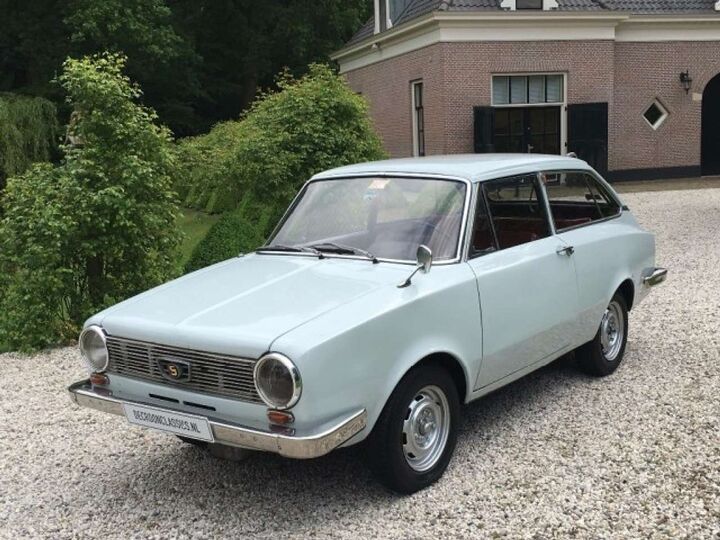
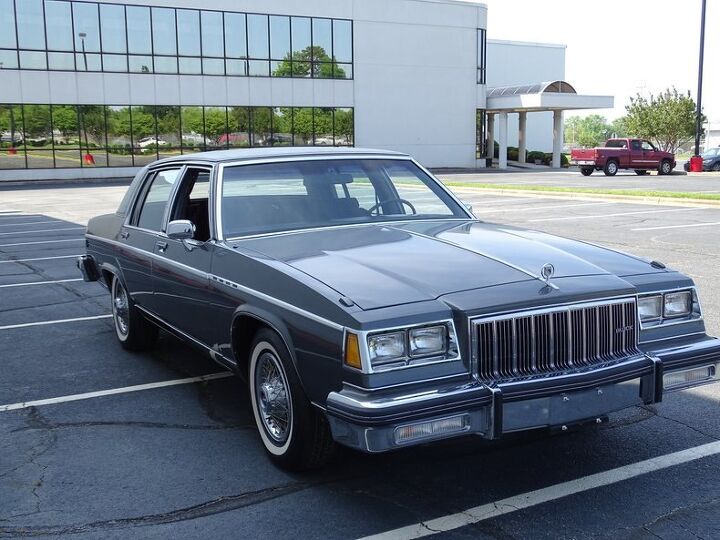
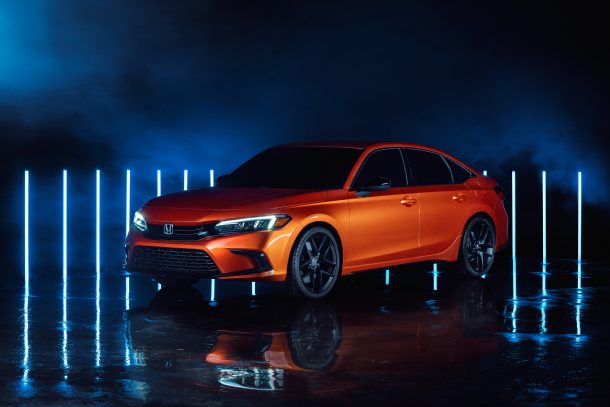

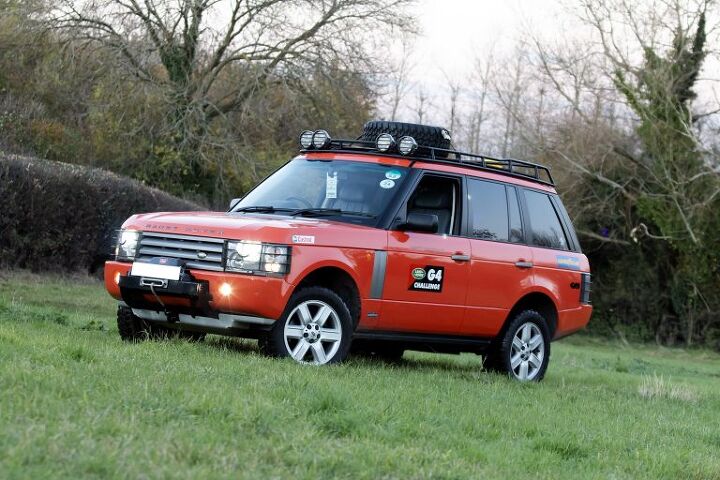
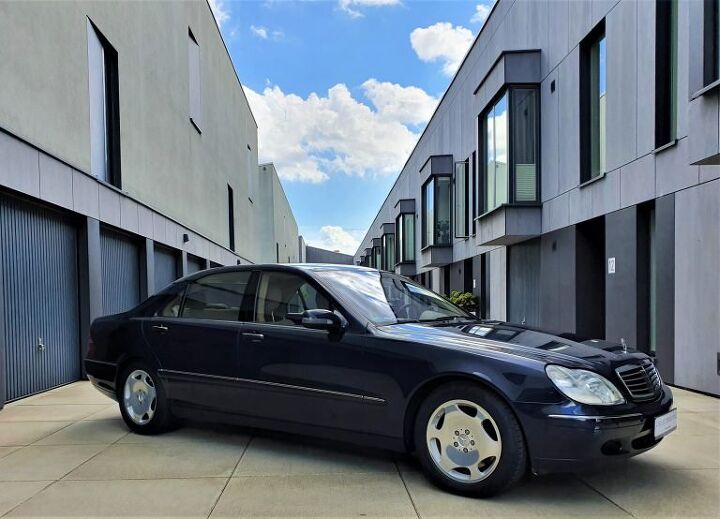
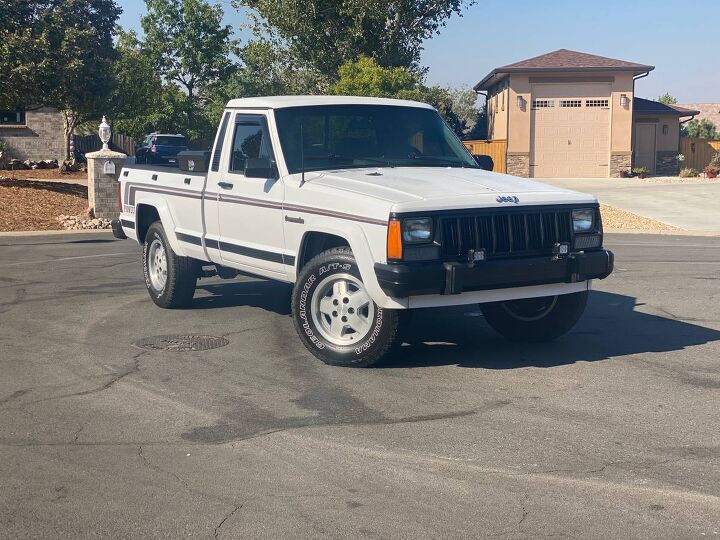
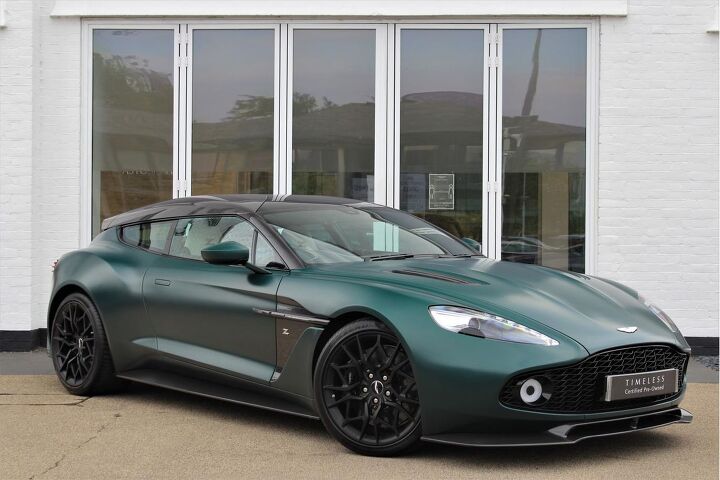
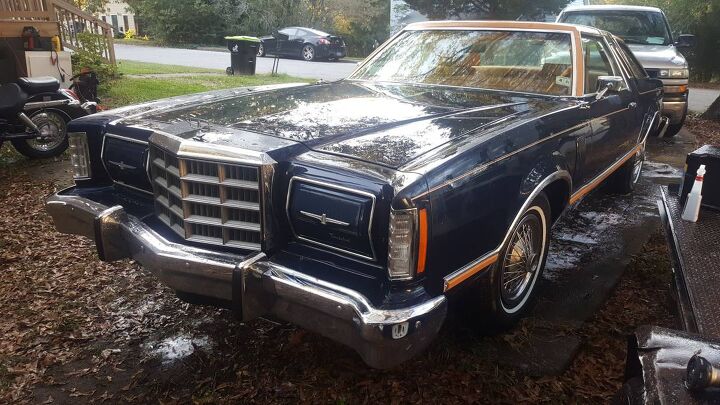
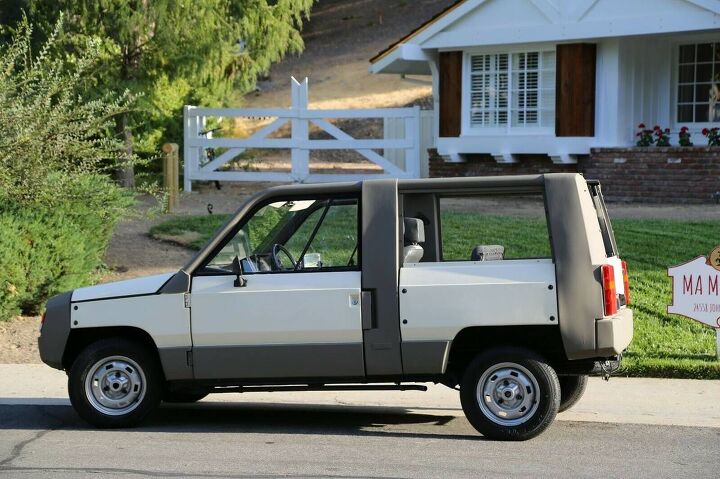
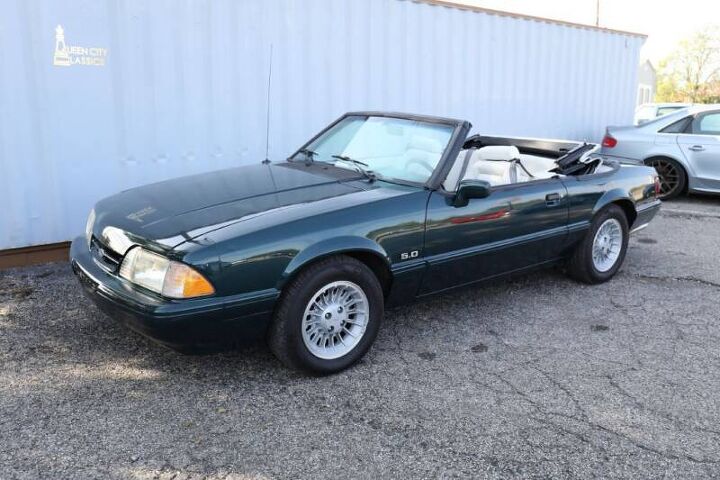
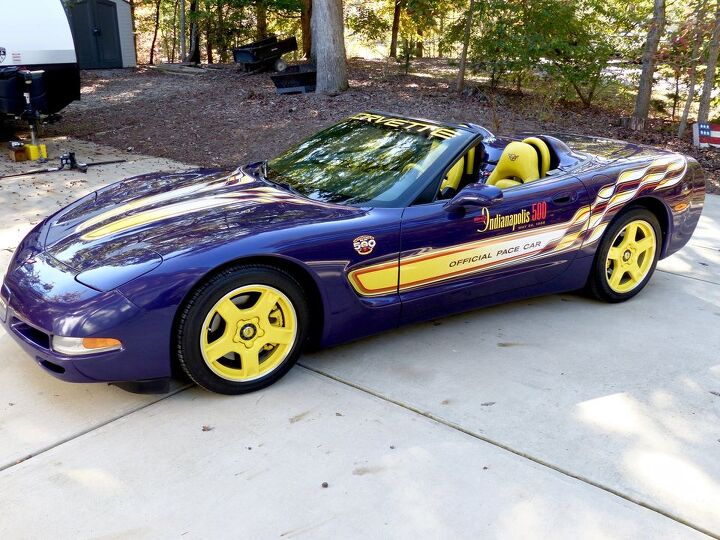
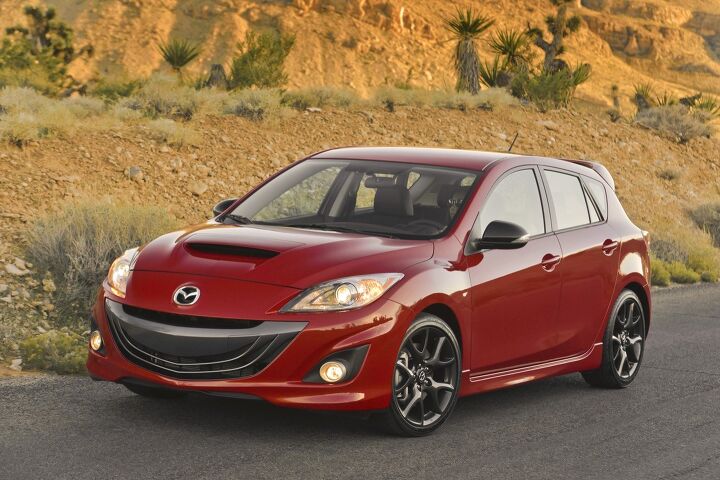












Recent Comments